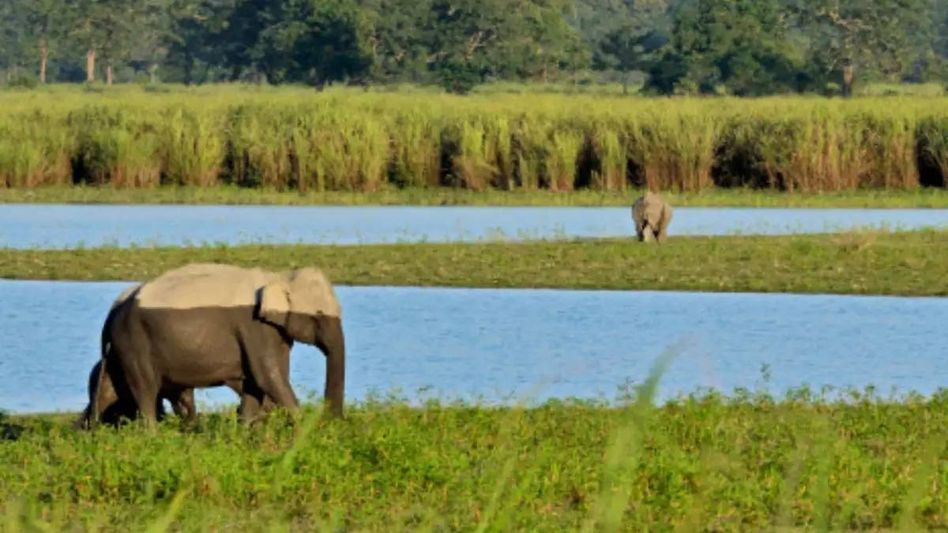Assam flags over 300 threatened species; urgent conservation measures announced
The Assam State Biodiversity Board (ASBB) has reported that these species include critically endangered ones such as the white-winged duck (Asarcornis scutulata) and the greater adjutant stork (Leptoptilos dubius).
 Assam flags over 300 threatened species; urgent conservation measures announced
Assam flags over 300 threatened species; urgent conservation measures announcedAssam has officially designated more than 300 animal and bird species, along with 52 plant species, as "threatened," marking a significant step in the state’s conservation efforts. The announcement, made by Forest and Environment Minister Chandra Mohan Patowary, was revealed during the autumn session of the Assam Legislative Assembly.
The Assam State Biodiversity Board (ASBB) has reported that these species include critically endangered ones such as the white-winged duck (Asarcornis scutulata) and the greater adjutant stork (Leptoptilos dubius). The list also highlights 52 plant species, including the crepe myrtle and Bhatou Phool, that are facing severe risks.
Minister Patowary emphasized the urgency of protecting these species, pointing to the growing threats of habitat loss, deforestation, and climate change. "Our state’s biodiversity is under severe threat. We need immediate actions to prevent further decline," Patowary stated.
The report from ASBB encompasses 52 plant species, 65 fish species, 16 amphibian species, 94 reptilian species, 153 bird species, and 46 mammal species. Notably, the white-winged duck, known for its rarity, and the greater adjutant stork are among the most endangered, facing critical threats from habitat destruction and encroachment.
In response, the Assam government has been actively expanding protected areas. Dehing Patkai and Raimona National Parks have been crucial in safeguarding diverse wildlife, including elephants, leopards, and the golden langur. Kaziranga National Park, a UNESCO World Heritage site, remains a vital refuge for the Indian rhinoceros and Bengal tiger.
Efforts also include community involvement through Eco Development Committees (EDCs) that encourage local participation in wildlife protection and afforestation projects to restore critical habitats. Despite these measures, the impact of recent floods and ongoing urbanization stress the need for enhanced conservation strategies.
Copyright©2025 Living Media India Limited. For reprint rights: Syndications Today









